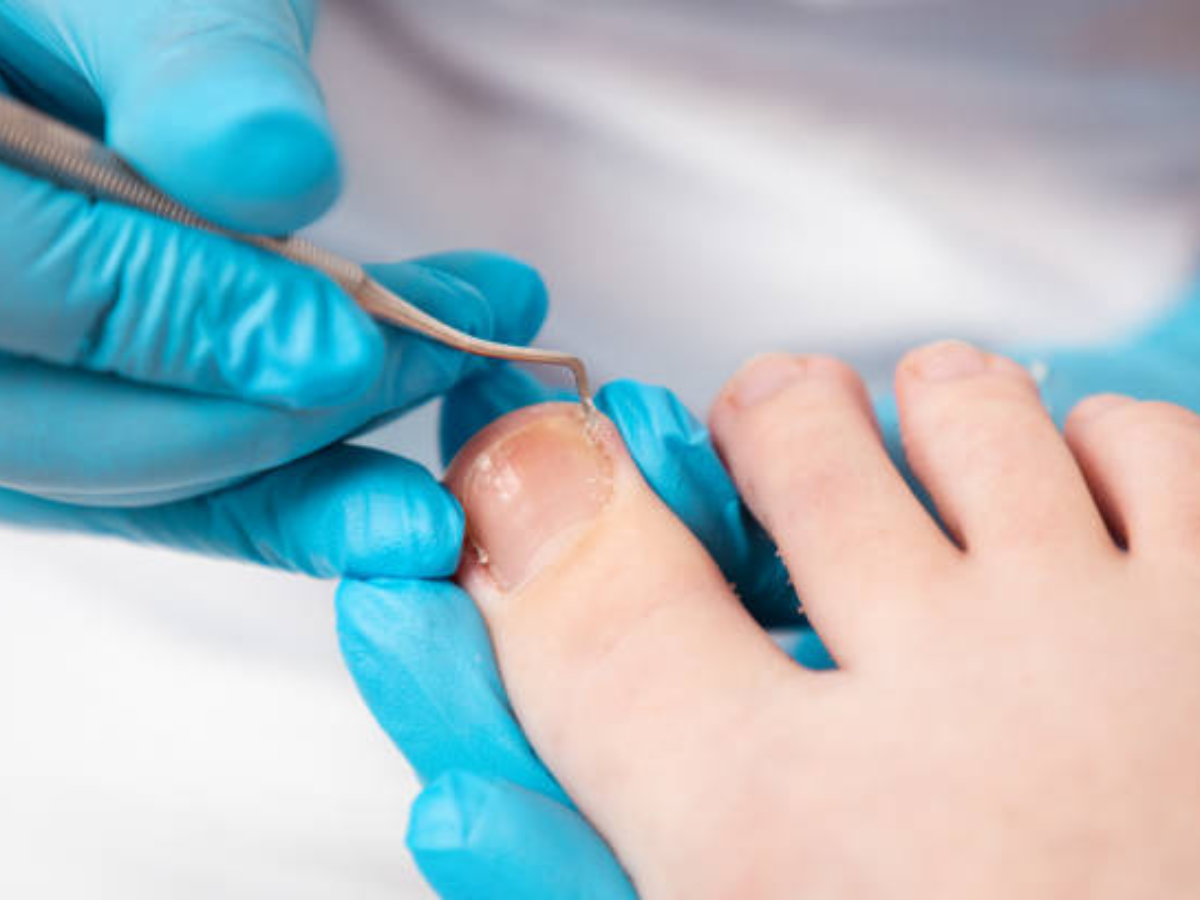By Asha Curry
•
May 6, 2025
When Jane turned 58, she started noticing a bump forming on the side of her big toe. At first, it didn’t bother her much — just a little rubbing in her shoes. But over time, her bunion got bigger, and her second toe started curling upwards. It wasn’t long before even short walks became painful. She thought the pain was “just part of getting older,” but her knees and hips had started aching too. Why? Because her body was compensating for her sore feet. Jane's gait (the way she walked) had changed, putting extra pressure on other joints. She also started feeling less steady on her feet, especially when barefoot or in slippers. Finding shoes was another challenge — nothing seemed to fit comfortably anymore. Fashion took a back seat to function, and even then, her shoes still hurt by the end of the day. Eventually, Jane reached out for help. What Are Bunions and Hammer Toes? Bunions are bony bumps at the base of the big toe that cause the toe to shift out of alignment. Hammer toes are bent, curled toes that can develop from the pressure caused by bunions or from muscle imbalances. Both conditions can cause pain, difficulty walking, and trouble finding shoes that fit. What Can Be Done? Thankfully, Jane had options. Non-surgical treatment included: - Custom orthoses (prescription shoe inserts) to support her feet and reduce pressure. - Footwear advice to help find supportive, comfortable shoes. - Stretching and strengthening exercises to help improve balance and foot function. In some cases these options are not enough to provide symptom relief, and in Jane’s case, she explored surgical correction as her activities of daily living were being affected. Our Podiatric Surgeons explained the procedure clearly, and helped Jane understand how surgery could relieve pain, correct the deformity, and help her walk comfortably again. Ready to Take the First Step? If your feet are holding you back like Jane’s were, let’s talk. ✅ Book an appointment with one of our non-surgical podiatrists for a full assessment and personalised treatment plan. ✅ Or, if you’d like to explore surgical options, you can book a consultation with one of our Podiatric Surgeons, Julie Taranto or Michael Taranto.



